Average sizes and life expectancy for this breed:
Golden Retrievers are one of the most popular dog breeds around the world, because of their approachable, sociable, and easy-going temperaments. This makes them excellent family pets that get along well with both older and younger children. Their high intelligence also makes them great working dogs.
This dog breed is adored for being even-tempered, smart, and loving. They are playful yet gentle with children. They also get along well with other pets and even strangers.
Aside from being an excellent family dog, Golden Retrievers are known to excel as service dogs, therapy dogs, and law enforcement companions to sniff out smuggled goods, as well as tracking and retrieving hunters. They are also natural athletes, so they do well in dog sports such as agility and competitive obedience. Golden Retrievers adore working, whether it involves fetching something or hunting birds.
Golden Retrievers are always eager to please which is why they are so good at obedience training. They are also fast learners and form very strong bonds with their human companions.
If you are looking for a dog breed that’s loyal, loving, protective, and intelligent, the Golden Retriever is definitely an option you should consider.
See available puppies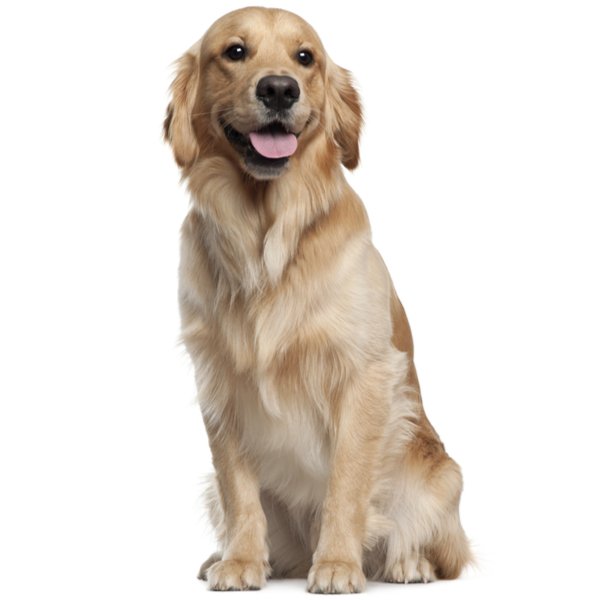

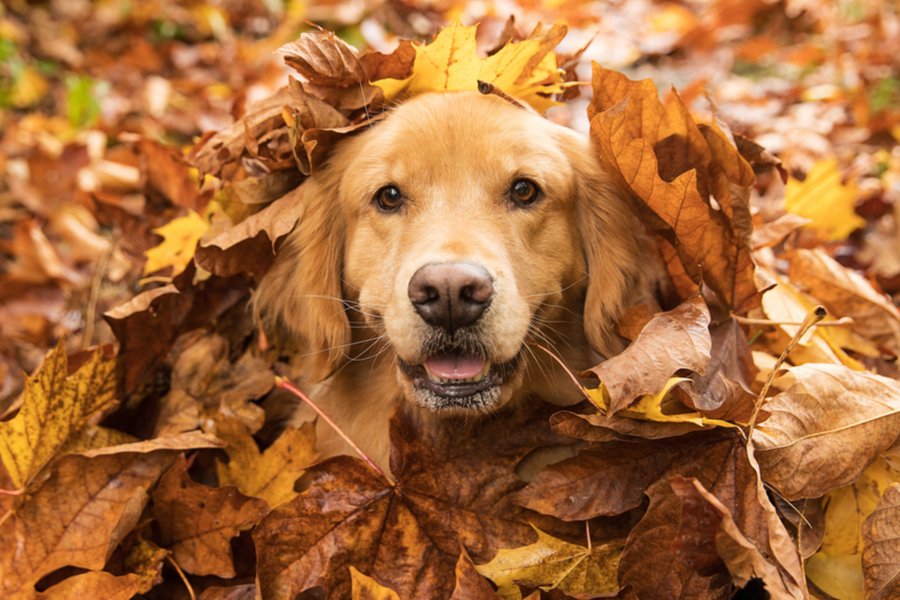


Golden Retrievers were originally bred in the Scottish Highlands as hunting dogs by Sir Dudley Coutts Marjoribanks, who was the first Lord Tweedmouth at Inverness, Scotland. As an avid hunter, he was concerned about the desperate need for a loyal hunting dog that could catch both waterfowl and land animals such as deer.
For years, it was thought that Marjoribanks had bred the Golden Retriever by breeding yellow-coated Russian circus dogs. However, in the early 1950s, the 6th Earl of Ilchester, the Lord's great-nephew, disputed this claim. He provided a stub book he had been keeping since 1835 that offered pieces of evidence to prove that no Russian dogs were ever present at the estate. It also stated that the first "yellow" dog was purchased in Brighton in 1864 from a cobbler, which turned out to be the original ancestor of all Golden Retrievers today.
In 1865, Marjoribanks came across the wavy–coated dog when out walking with his son. Three years after Marjoribanks purchased the dog, named Nous, he was bred with a Tweed Water Spaniel called Belle. This pairing created a resilient, robust hunter that could navigate both water and land environments with ease. Interestingly, Nous was gold-coloured however both of his parents were black. During that time, black sporting dogs were considered to be better hunters than any other coloured dog. However, the litter of four golden puppies that resulted from Nous and Belle’s mating were considered to be the first ever golden retrievers,
Unfortunately, due to their colouring, this breed was not widely dispersed at first. But one puppy, Cowslip was bred with a Red Setter, and others were bred with black, wavy coated retrievers. Further random partnerships resulted in Queenie in 1882. Her puppies, Prim and Rose, were 47% Setter, 35% Lesser St. John’s Newfoundland, 12% Springer Spaniel, and 6% Water Dog. Over time, this new breed became beloved as the ‘ultimate gentlemen's hunting dog’.
In 1908, at the Crystal Palace, Golden Retrievers were first shown by Viscount Harcourt. He initiated the "Culham" line by using the dogs bred and produced by the Earl of Portsmouth. These dogs were exhibited and referred to as "Flat Coat (Golden).". However, the term Golden Retriever is believed to have been coined by Viscount Harcourt at this time although they weren’t classed as a separate breed for some time after.
They were officially recognised as a dog breed by the Kennel Club in 1903. However, they didn’t experience a surge in popularity until the reintroduction of the Field Trials in 1920. In 1932, the Golden Retriever breed was finally recognised by the American Kennel Club.
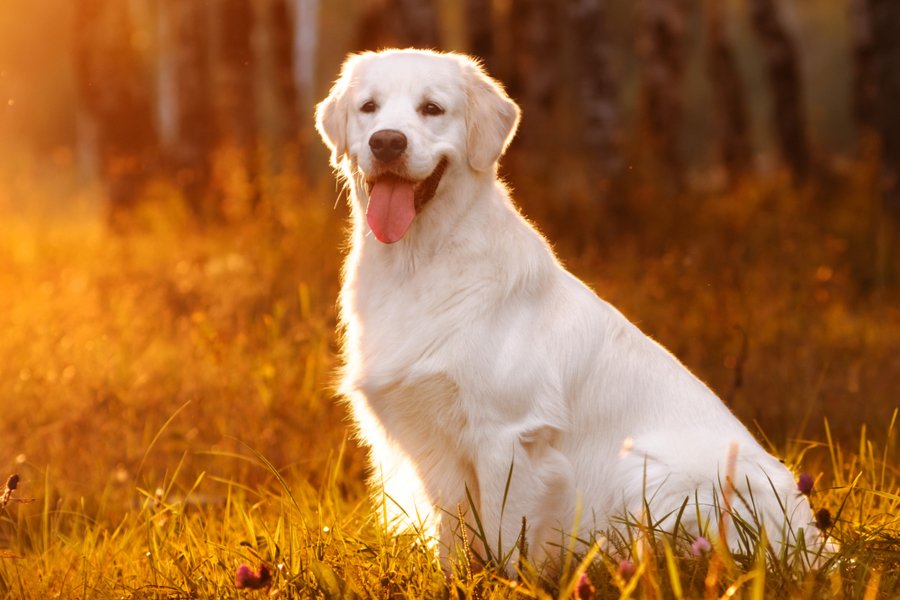
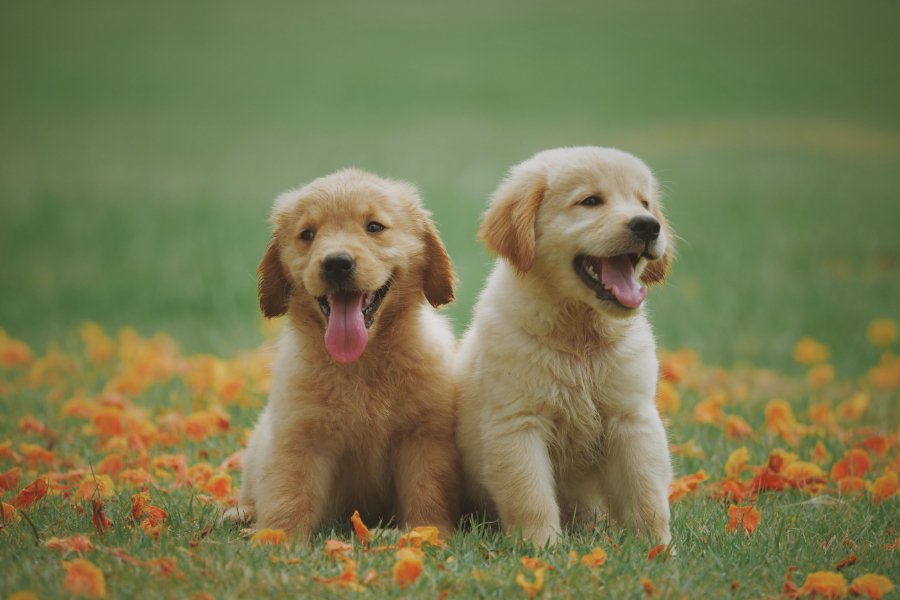
Golden Retrievers are sturdy, well-balanced dogs with kind and intelligent expressions. Their strong muzzles are broad and deep with a black nose. They also have deep-set eyes that are dark brown in colour, set well apart, and dark-rimmed. Their medium-sized ears are level with their eyes.
They have a perfect scissor bite, but they are very soft-mouthed. Their strong necks are muscular with well-developed forequarters and shoulders laid well back. Their strong hindquarters are muscular with powerful back legs and very cat-like feet.
Aside from their powerful appearance and graceful gait, the Golden Retrievers are famed for their luxurious, dense double-layered coat, which can either be wavy or flat. Their coats are also highly water-resistant which aids them in retrieving waterfowl from lakes and marshlands. Their feathered tail is carried with a characteristic ”merry action”, with no curl at the tip.
The recognized and accepted colours by the Kennel Club are Gold, Cream, and other similar shades, A few white hairs on the chest are also permissible.
Golden Retrievers are gentle, affectionate, and confident by nature. These are just some of the reasons why they are considered one of the top choices for families. While they are known to be good watchdogs, Golden Retrievers are friendly with everyone, which needs to be taken into consideration. Saying that, these dogs have one of the loudest barks of all the canine companion breeds!
The Golden Retriever was developed and bred to work with people, so they are always keen to please their owners. However, just like all canine breeds, they must be well socialised and trained from puppyhood to ensure they develop into well-rounded adults. Exposing your young puppy to a range of sights, smells, sounds, and experiences when they are young is essential to build confidence and obedience.
Golden Retrievers are relatively easy to train, as they are known to be highly intelligent. They enjoy working and love it when they have a "job" to do, whether in a home, as a working dog, or out in the field. But it's important to note that these dogs are much calmer and more laidback than Border Collies. Their kind and sweet demeanours shine through no matter where they are or what they are tasked to do.
Because they thrive on human companionship, these affectionate dogs are known to suffer from separation anxiety and depression if left alone for long periods. So, they are best suited to households where at least one person stays at home for most of the day. As long as these dogs receive all the attention they crave and their exercise needs are met, they will remain devoted to you and your family for life.
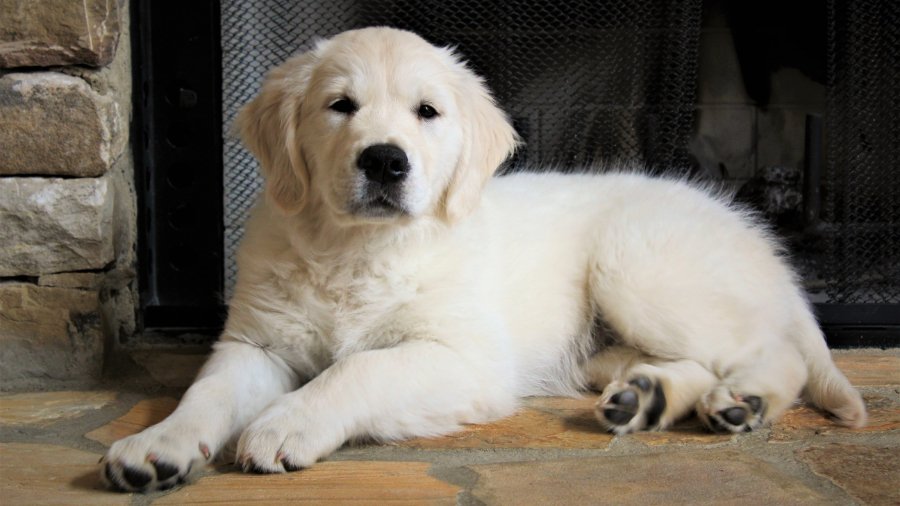
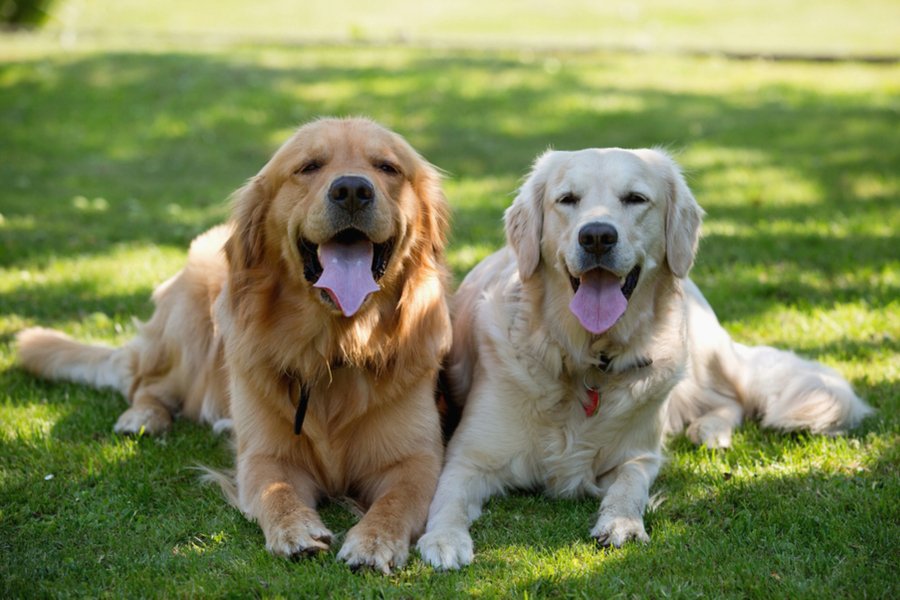
It’s important to remember that some Golden Retrievers may become hyperactive during training sessions so you will need to exercise a little patience. These dogs learn best through fun activities and games due to their highly playful natures. Like many dogs, Golden Retriever puppies can be mouthy, so regular early training is important to decrease their natural tendency to nibble everything. Golden Retriever potty training is also generally straightforward as long as you are consistent and use positive reinforcement methods.
This playful dog breed needs both physical and mental exercise to work off their boundless energy. Goldens also have an incredible sense of smell, so games that incorporate scent tracking, are great additions to your daily exercise routine. Golden Retrievers keep their puppy-like zest for life throughout adulthood, so you need to ensure you have the time to offer plenty of stimulation on a daily basis.
Golden Retrievers shed moderately throughout the whole year and shed twice a year intensely, due to their thick, wavy, double coats. To lessen the shedding, Golden Retrievers need to be groomed several times a week and daily during the heavy shedding periods. It’s best to use a sturdy brush with long bristles because a standard slicker brush will not be able to get through the thick coat. If you’re struggling, you can also consider spraying your dog’s coat lightly with water or conditioner before you begin brushing.
You don’t need to bathe your Golden Retriever more than once a month unless they get particularly messy! Shaving is also not recommended because the double coat is essential to keep them warm in the winter and cool in the summer.
It’s a good idea to keep your Golden Retriever's feet well-trimmed, paying specific attention to the hair between their toes and paw pads. This stops any of the hair from "balling up" with mud or ice which can make walking very uncomfortable or even painful. You will know it’s time to trim them when you hear clicking on the floor, which is caused by solid mats touching the surface.
Make sure you trim your Golden Retrievers’ nails regularly because long nails can lead to splitting and tearing which will be painful for your dog. It's also critical to keep a close eye on their ears. Make sure that they are kept neat and dry to eliminate the chance of any infections developing because these can be very hard to clear up once they have taken hold.
When grooming your Golden Retriever, carefully examine their body for signs of infections such as rashes, sores and swelling, parasites, and skin lumps. Check their eyes for any discharge or redness, as well as their ears for wax that can be black or brown in colour with a strange smell.
Brush your Golden Retriever’s teeth at least two times a week to remove bacteria and tartar buildup. Daily dental hygiene is still best to avoid bad breath, and tooth and gum diseases.
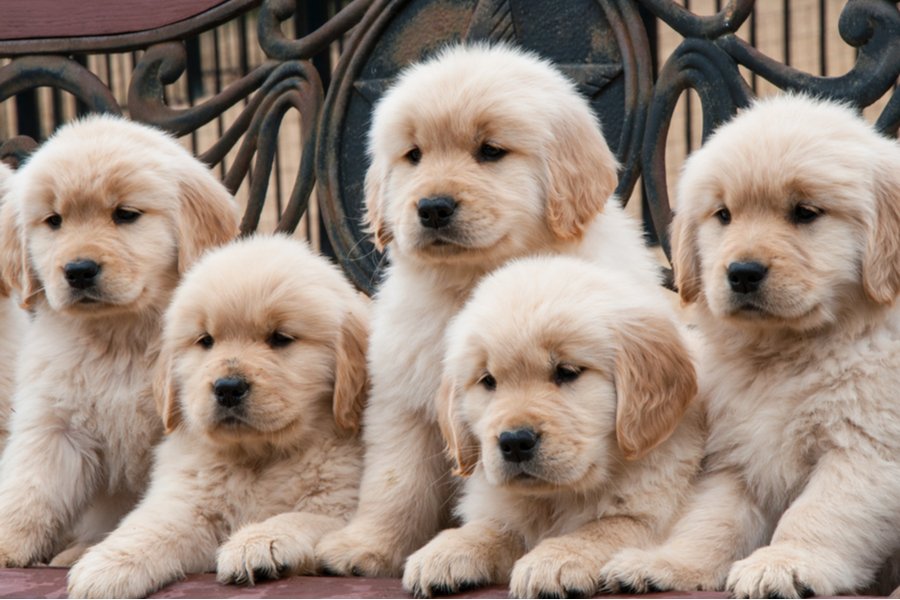
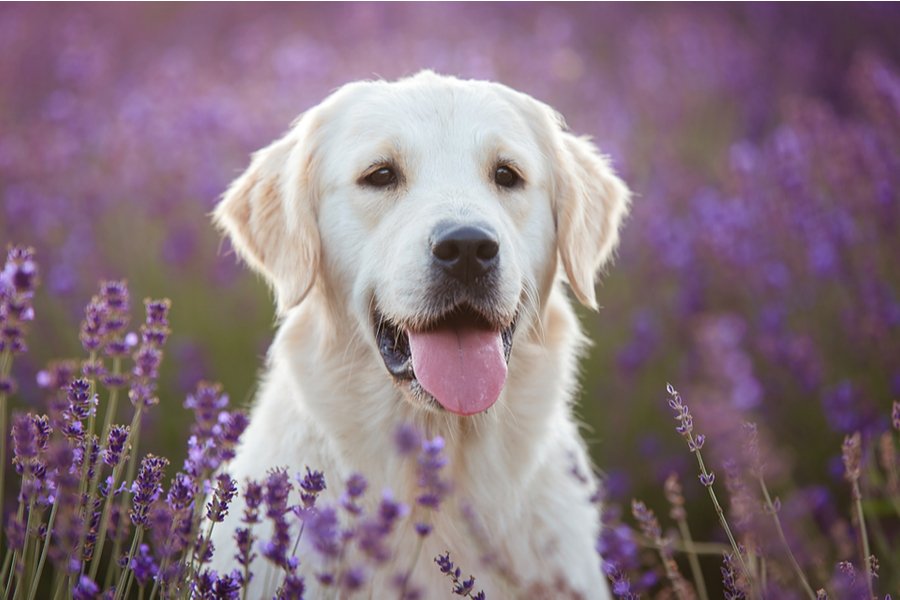
Golden Retrievers are generally healthy dogs. However, they may encounter health issues as they grow and mature. Always make sure you purchase any puppy from a licensed and reputable breeder as they will be able to perform DNA tests to check for any underlying health conditions.
Some of the more common health issues seen in Golden Retrievers include:
The friendly Golden Retriever isn't troubled by the noise and commotion of kids. As a matter of fact, they love it. However, it’s important to mention that these are large, strong dogs that can easily knock over a small child by mistake. So, it’s vital that you supervise all interactions between a Golden Retriever and a child.
The Golden Retriever's attitude to other pets is the more, the merrier! They enjoy the companionship of other dogs, and with proper introductions and training, they can be trusted with cats, rabbits, and other animals.
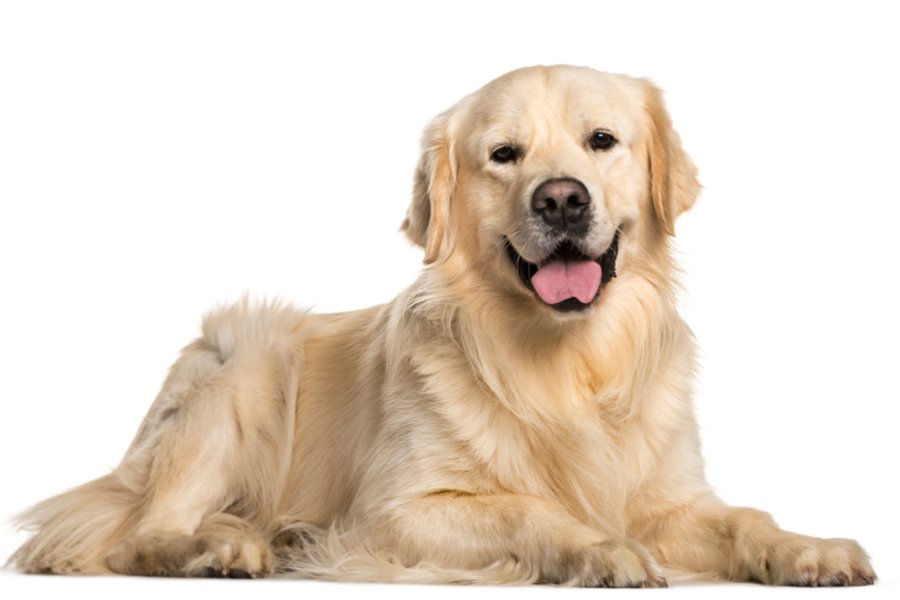

We can connect you with Breeders that are specialized in this particular breed.
See available puppies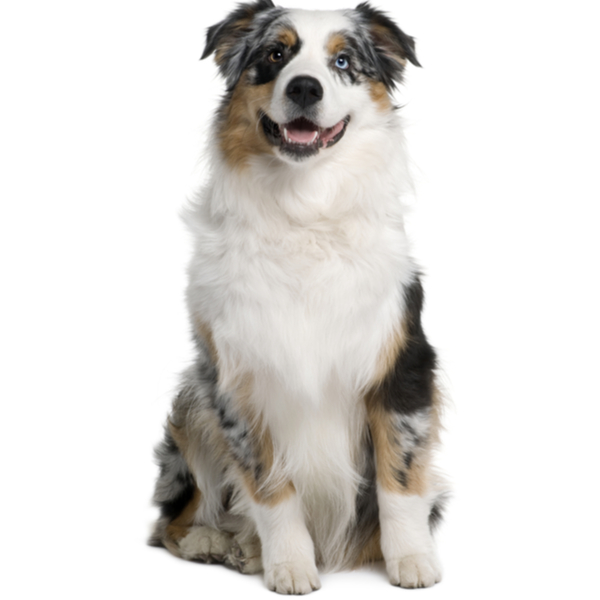
Spain
Size : Medium
Coat : Long
Registration : KC, FCI, AKC
Exercise : 1 hour
Training : Easy
Grooming : Twice a Week
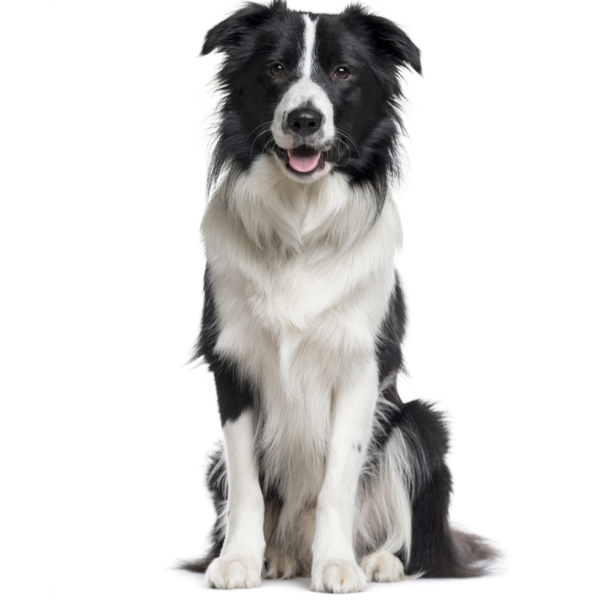
United Kingdom
Size : Medium
Coat : Long
Registration : KC, FCI, AKC
Exercise : 2 hour
Training : Easy
Grooming : Once a Week
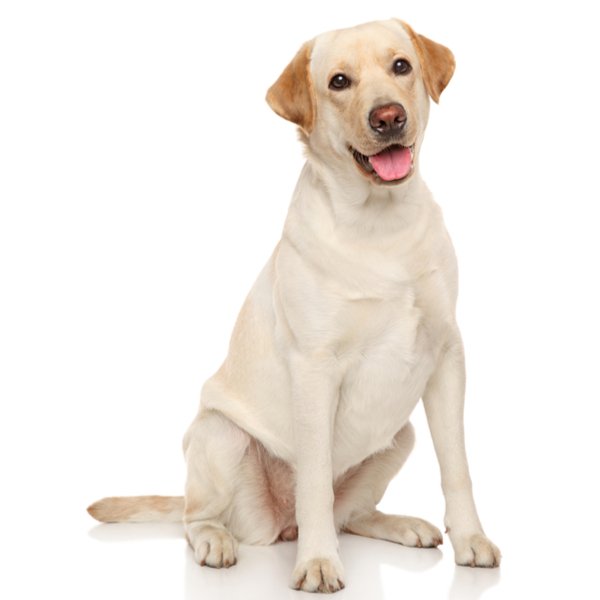
Canada
Size : Large
Coat : Short
Registration : KC, FCI, AKC
Exercise : 2 hour
Training : Easy
Grooming : Once a Week


Need some advice?
Whether you're a first time pet owner, an experienced pet owner, a new or long-time breeder, or just curious about pets, we've got you covered!

January 17, 2024
What Is The Personality Of Russian Blue Cats?
Russian Blue cats are most known for their distinctive shimmery blue-silver coat and piercing green eyes. However, this breed’s calm and gentle temperament is what makes them shine the most in the feline world.

January 17, 2024
10 Facts About Russian Blue Cat Breed
Russian Blues are one of the most aesthetically stunning cat breeds, with a gorgeous plush silvery coat and vibrant green eyes. However, it’s not only their appearance that is beautiful; their nature is too.

January 17, 2024
How To Choose The Right Cat Breed for You
Cats can make the most fantastic animal companions; they are adorable, friendly, and loving. However, not all felines are created equal. There are many different breeds, of which each has its unique personality traits.
Need some help?
Contact us to speak to our friendly advisor, who will gladly help you find your dream pet!



We are registered in England and Wales under registration number 12568840,
and our registered office is at 58-60 Kensington Church Street, W8 4DB London, England.
© 2023 The Pedigree Paws